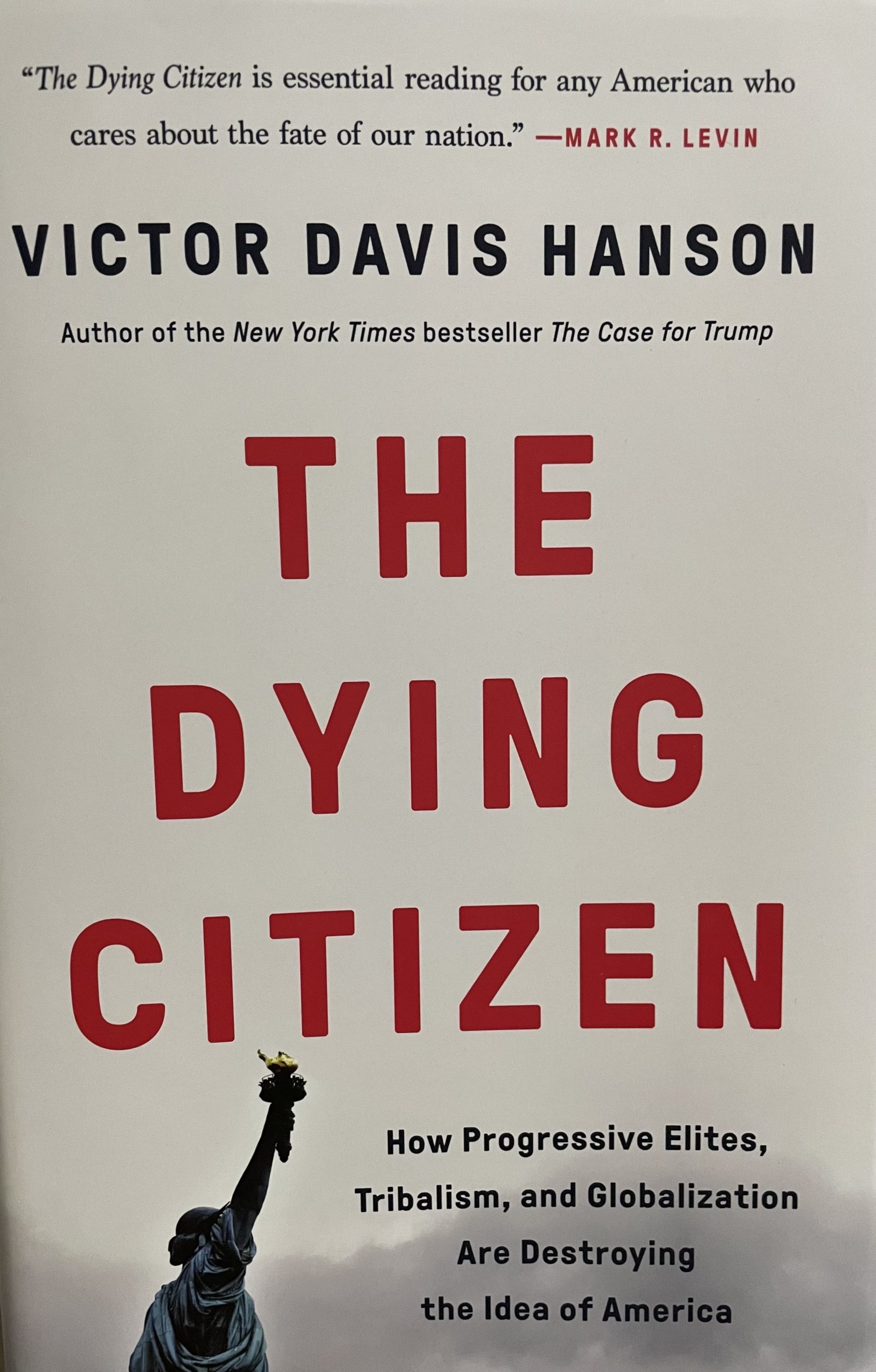Johan Norberg, author of Financial Fiasco, argues that countries worldwide have set themselves up for another, more severe, worldwide financial crisis by holding interest rates artificially low and accruing government debt.
“All the measures that we have taken to save the economy: the low interest rates, the massive debt, the safety net for the financial industry—these are the very things that led us into a crisis in the first place,” he said when narrating the film Overdose: The Next Financial Crisis. “We’ve been saved from the consequences of one burst bubble by inflating a hundred new ones all over the world,” says Norberg, a senior fellow at the libertarian Cato Institute.
“But it’s not just the U.S. that’s increasingly looking like a house of cards,” he says in the film. “During the crisis many governments went deeply into debt.”
“Estimates say that the average debt in the richest nations will exceed one hundred percent by the year 2011,” he says.
The International Monetary Fund’s number two official, John Lipsky, noted at a China Development Forum Beijing this March that the IMF projects that the “gross general government debt in the G-7 advanced economies, except Germany and Canada, will rise from an average of about 75 percent of GDP at the end of 2007 to about 110 percent of GDP at end of 2014…” reported the Associated Press on March 21.
Overdose features a series of financial experts, including Gerald Celente with The Trends Research Institute, Nobel-prize winning economist Vernon Smith, and David M. Walker, former Comptroller General of the Government Accountability Office (GAO). Chapman University professor Smith signed onto a letter opposing the Treasury’s September 2008 bailout plan.
Celente says that he predicted the current financial crisis; he argued in a November 2008 Inside Edition interview that “We’re going to go into a depression that’s going to be worse than the Great Depression.”
“After they did the dot-com bubble and that burst, they reinflated it with the real estate and credit crisis bubble and now when that burst, now they’ve created the bubble of all bubbles, and it’s not only the United States, this is a global bubble,” argues Celente in the film. “They’re all into it. It’s called the bailout bubble.”
In an interview with the libertarian Reason Magazine, Reason.tv’s Michael C. Moynihan asked the film’s Swedish director Martin Borgs whether he “talked to any people that desired more regulation and said that, you know, it really wasn’t a government failure, it was a market failure…”
Borgs said that they tried to get in touch with some of these people, and while they spoke with Freddie Mac’s former Chief Economist Robert Van Order, but “…mostly we wanted to give air to voices that really haven’t been heard before, at least not in Sweden.”
In the documentary, David Walker, now the President of the Peter G. Peterson Foundation, explained why he felt that the stimulus wasted federal dollars.
“In my view the bailout was necessary in certain regards but in many cases we wasted a lot of money because we didn’t do three things,” he argues, namely
- “…have clearly defined objectives about what we were trying to achieve…”
- “…have criteria established up front as to who would get the money and who wouldn’t get the money…”
- “… have conditions established up front as to what they could and couldn’t do with the money…”
“As a result of not having those three things some people got the money that didn’t deserve it,” he argues. “Other people got the money that didn’t make good use of it and as a result we have a lot of waste with regard to taxpayer money.”
Columbia University professor Jeffrey Sachs said on June 7 that he thought the stimulus had “failed.”
“The stimulus was not really designed—not really well thought out to take us out of the mess,” he said on MSNBC’s Morning Joe. “Now we’ve peaked. Now people are seeing with all of the crises around that maybe we are going into that double dip, but we’re certainly not…barreling out of this economy and so this is—The deeper problem is not just the tactics, that’s the point of what I’m saying.”
Prof. Sachs later added,
“…But also we were saying [at the time], if you just say ‘shovel ready,’ that it’s got to be done now, got to be done now, you’re not gonna end up with a way out, you’re gonna end up with something very short term. It’s gonna peak and then we’re going to be facing much bleaker scenarios without a way out and…you look at the news today together with these stories and every story is darker than the next, so at least whatever one says the mood is pretty sour.”
In Overdose, Norberg traces the roots of the financial crisis back the Bush Administration’s Federal Reserve policy shortly before and following the September 11, 2001 attacks. “In Spring 2001 the Federal Reserve started lowering interest rates and now it continued lowering rates to save companies on the brink and to keep unemployment down,” he narrates. “During 2001 the interest rate was lowered from 6.5[%] to 1.75%. In 2003 it was cut all the way to 1% and it remained there for a full year.”
George Mason University professor Todd Zywicki, speaking at Cato in March, argued that the housing crisis was initially rooted in human responses to a drunken Federal Reserve policy.
Bethany Stotts is a staff writer at Accuracy in Academia.










